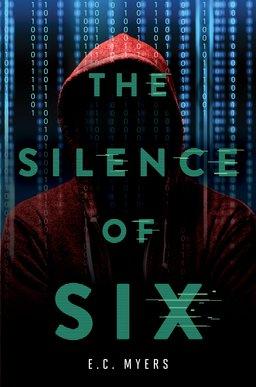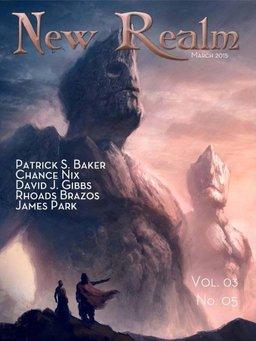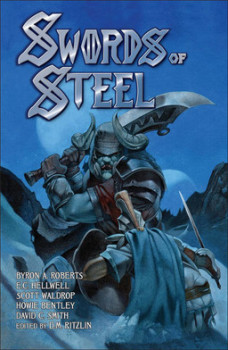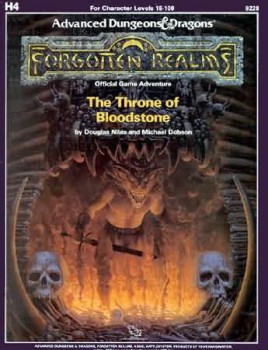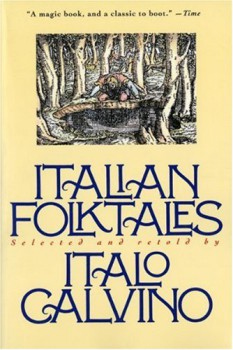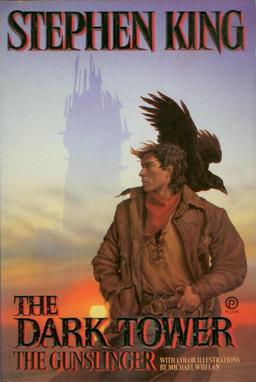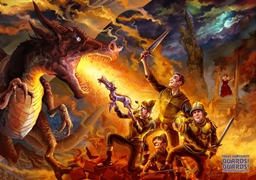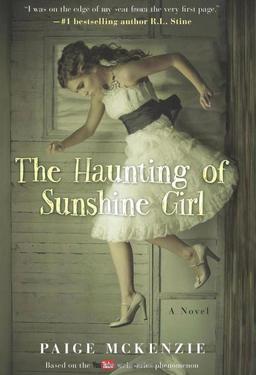Vintage Treasures: The Ghatti Tales of Gayle Greeno
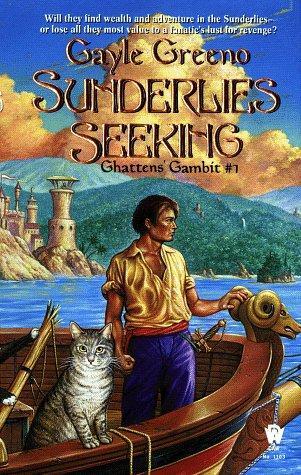 |
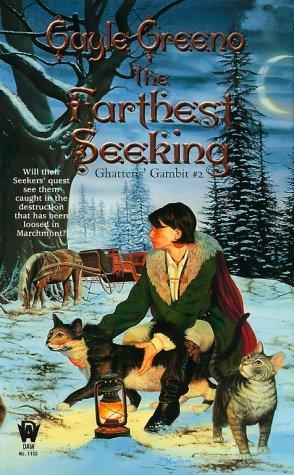 |
When I was running SF Site in the late 90s, I got hundreds of review books every year. Many appealed to me, though I had time to read almost none, and instead assigned them to our freelance reviewers. (Isn’t that always the way? You can have plenty of books, or you can have plenty of time, but you can never have both.)
Anyway, in the intervening 15+ years, I’ve long since forgotten most of the delightful volumes that passed through my hands. Yesterday I was in my basement — excuse me, the Cave of Wonders — making room for recent arrivals, packing up nearly a thousand old review copies to store in the attic, when I came across my dust-covered copy of Sunderlies Seeking, the first novel in Ghatten’s Gambit, a two-volume fantasy series published by DAW in 1998 and 2000.
I did remember Sunderlies Seeking. Even after 17 years, I recalled Mark Hess’s great cover and the evocative description on the back, promising a tale of adventure in a land of “convicts, rebels, and the unwanted refuse of society.” Not to mention a pair of friendly cats on the cover, helping sail a ship into the harbor. I’d never heard of author Gayle Greeno before Sunderlies Seeking crossed my desk in 1998, but after it did I sought out her other novels with great interest.
